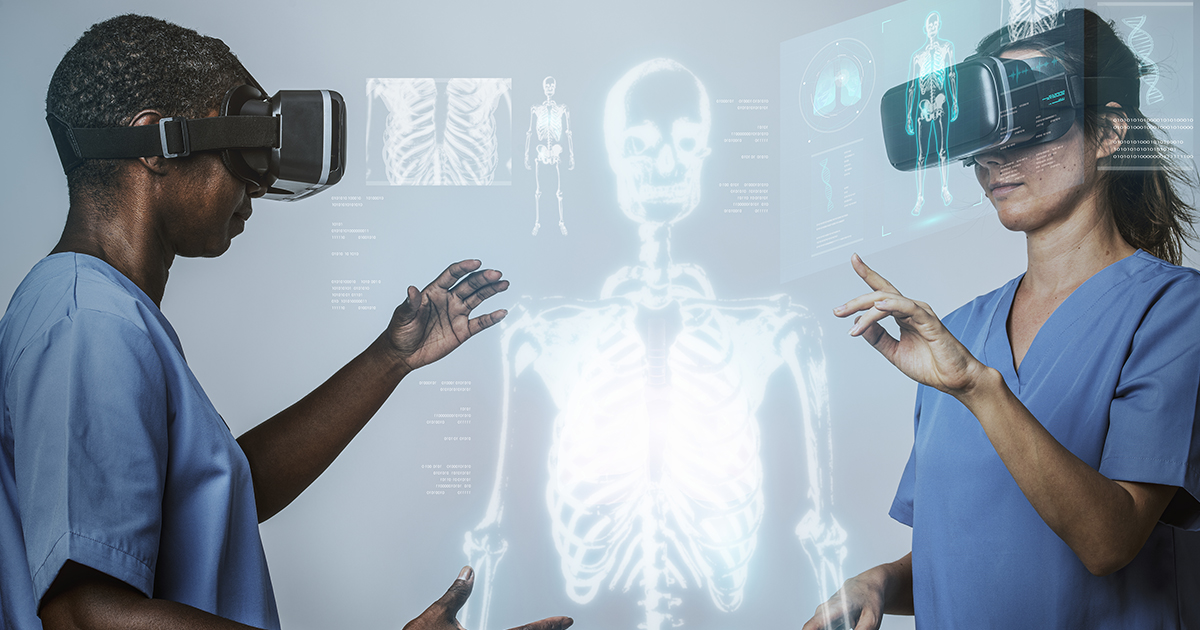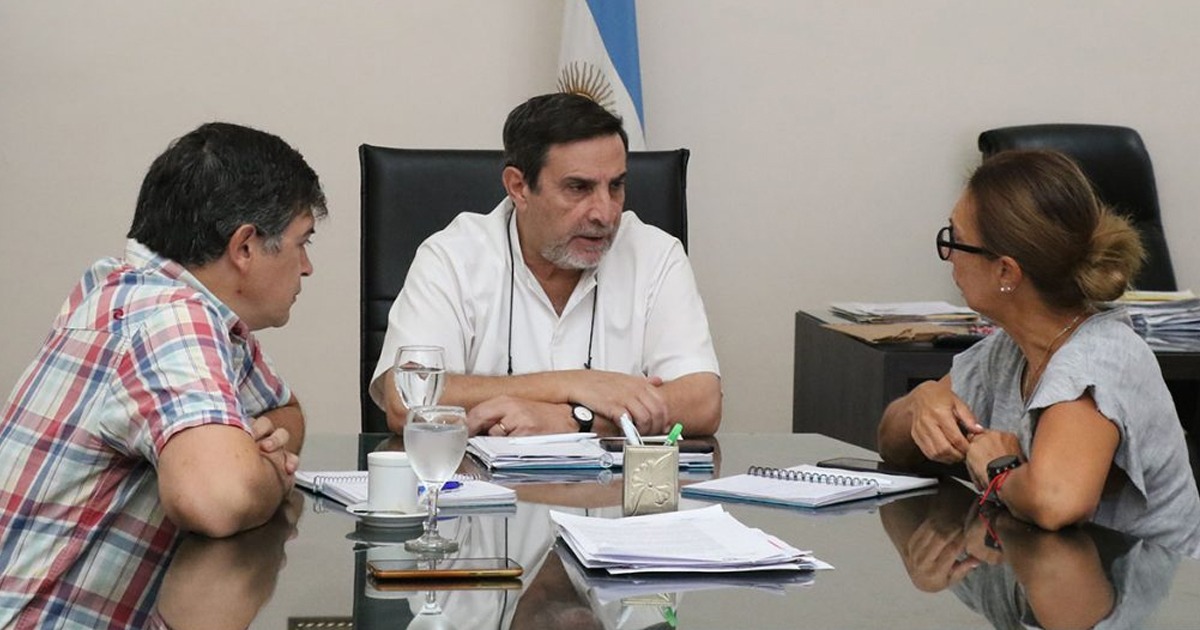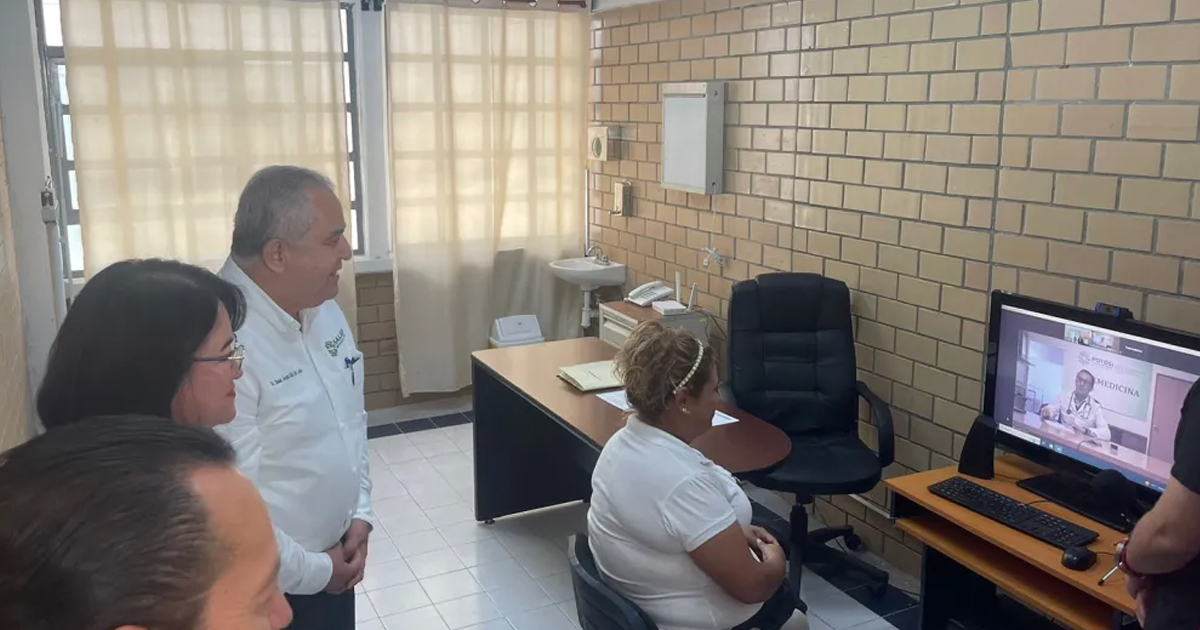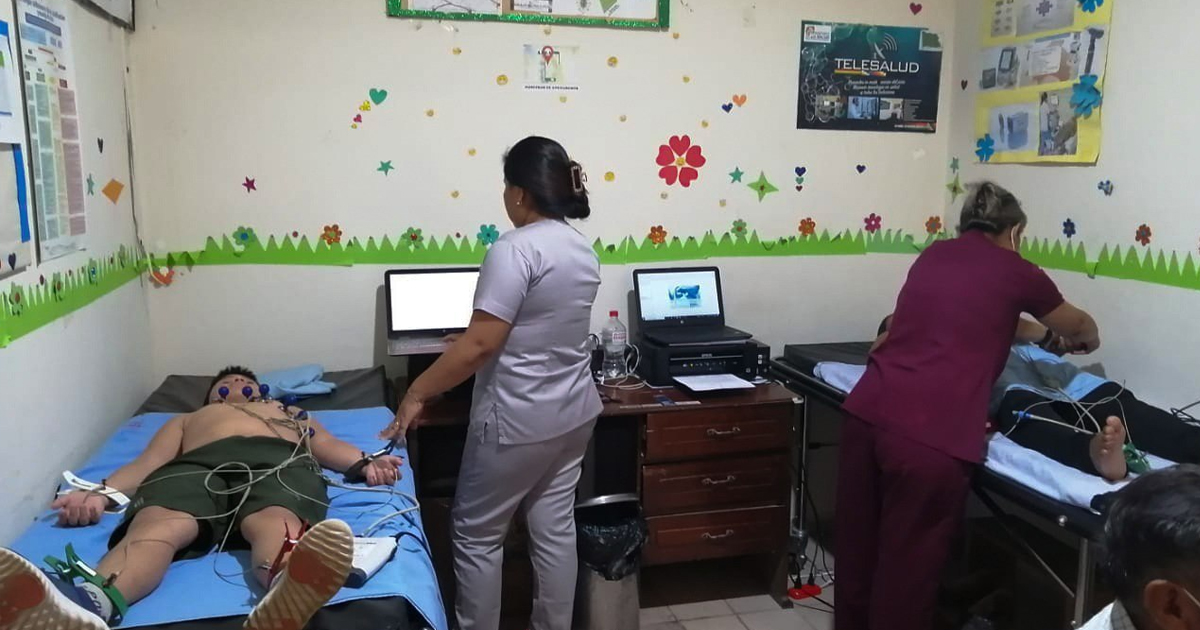Researchers from the National Autonomous University of Mexico (UNAM), the Autonomous Metropolitan University (UAM), and the ABC Medical Center have developed an algorithm to identify priority patients for medical care due to COVID-19.
Researchers Alfred Barry U'Ren Cortés and Roberto de J. León-Montiel, from the Institute of Nuclear Sciences at UNAM; Mario Alan Quiroz Juárez of the UAM; and Armando Torres Gómez and Irma Hoyo Ulloa from the ABC Medical Center, developed an algorithm to support health professionals to identify patients who require priority care due to COVID-19.
The algorithm was tested through research published in the scientific journal PLOS One. Research showed up to 93.5% efficiency. U'Ren Cortés explained and his colleagues and he saw in machine learning/machine learning an opportunity to speed up the work of doctors during the pandemic, to act more quickly on the care that each patient requires and save lives.
In addition, the algorithm was trained using data from the Morbidity Statistical Yearbooks, published by the General Directorate of Epidemiology of the Ministry of Health and gathered information on more than 4.7 million patients who were admitted to the hospital between March 2021.

“When one uses machine learning a basic ingredient is to have data of good quality and in sufficient volume. There is a learning phase in which one provides feature sets with an associated outcome, in this case whether the patient survived or died. The information enters the algorithm with the known data in what is called training and, after that, for a new patient, it recognizes the patterns of previous cases and an instant prediction can be produced”, explained U'Ren Cortés.
This tool of machine learning It includes information on the patient's medical history, as well as diseases such as diabetes, chronic obstructive pulmonary disease (COPD), hypertension, cardiovascular problems, chronic kidney failure, obesity, or if the patient uses immunosuppressants. In addition, it also considers data such as gender, place of birth, place of residence and age.
In total, there are 21 characteristics that help classify patients into two categories: greater chance of recovery and greater chance of dying. These variables are trained through the neural network for each of the four clinical stages: the first stage considers the diseases specified above, as well as age and other basic information; the second stage corresponds to the COVID-19 status, that is, positive or negative, and to COVID-19-related pneumonia; stage three corresponds to the state of hospitalization; and the fourth stage to intensive care and intubation.
“It's a neural network made up of interconnected nodes, and when we pass data, these nodes learn. They are said to learn, but in reality they adjust their parameters so that the information they receive is passed on to them. Once the stage we call training has passed, she can make predictions in the future based on what she has learned,” explained Quiroz Juárez.
Currently, the algorithm is being applied to mobile devices in hospitals and incorporate data in real time. On the other hand, the study had financial support from the National Council for Science and Technology (Conacyt).






